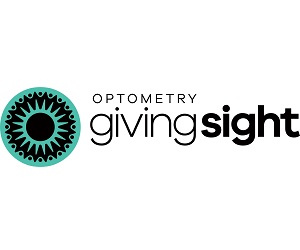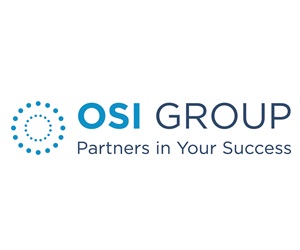
According to the Brien Holden Institute the number of global myopes will reach 2.5 billion by 2020. While the alarming incidence rates, severity and sight-threatening consequences are often reported in the context of Asian populations, Canada is not immune to the myopia epidemic. Myopia is not just an issue in the high Asian populations in our urban centers.
A Canadian pilot study in a suburban area by M. Yang et al. (Univ. of Waterloo) reports an increasing rate of myopia from 6% in 6-8 year olds and 29% in the 11-13 year cohort, and that 35% of myopic children were uncorrected. Canadian Optometry needs to be ready to answer the call.
“MYOPIA AND OPTOMETRY: IT’S OURS TO OWN.
Scott Mundle, makes the case for Optometry to take the lead in Myopia Control before others do.
Historically, the treatment options included the use of specialized contact lenses using Ortho keratology, atropine eye drops and lifestyle counselling. Ortho-K has garnered loyal advocates and remains a very useful tool in the armamentarium of the eye care practitioner.
New Convenient Modalities are Welcomed Additions
More recently newer medical device options, specifically indicated for myopia management, offer more familiar choices device options in the form of spectacle lenses and soft contact lenses. Do these new treatment options offer a possibility of broadening the number of optometrists that engage in myopia management? Only time will tell. But the addition of well researched, clinically effective, practical, and well-accepted modalities is a welcome development. addition.
Bifocal and Progressive spectacle lenses have, of course, been widely used by practitioners for many years, and there are many studies which have evaluated their efficacy.
Dr. Farah Sunderji, Calgary, has done an excellent job of summarizing the historical use and clinical results of traditional spectacle lenses in a recent article in Clinical & Refractive optometry.
Her review of studies using traditional bifocal and progressive spectacle lenses shows a limited efficiency in the use of such lens designs, except in a relatively small sub-set of children with near esophoria.
New Specifically Designed Spectacle Lenses Now Available
Dr. Sunderji also documents the extensive design analysis and clinical assessments of new lens designs for myopia management.
These new spectacle lens designs have their basis in the widely accepted causal theories of myopia, including the accommodative lag (AL) theory and the peripheral defocus theory that hyperopic blur on the periphery of the retina stimulates myopic onset and progression.
ZEISS MyoKids Pro, a customized PAL design specifically for myopia management, was developed from extensive design analysis of various PAL designs. This analysis points to lens design with more negative horizontal mean power gradients adjacent to the near zone are more effective. Also, beyond standard PALs, this new lens design coupled with advanced technology facilitates optimization for children’s unique facial characteristics.
ZEISS MyoVision Pro, based on the peripheral defocus principles, is a good choice for childing currently wearing single vision lenses looking for the easy wearing and adaptation properties of Single Vision Lenses.
The use of new spectacle lens designs provides a familiar and comfortable option to eye care practitioners wishing to engage in myopia control and offer an opportunity to bring more ECPs into the arena and supports long-term benefits to patients and their families.
FOR MORE INFORMATION:
New Spectacle Lens Designs Specifically for the Management of Juvenile-Onset Myopia
Farrah Sunderji, OD
This article is available as a complimentary COPE-Accredited Course online at Clinical & Refractive Optometry made possible by an unrestricted education grant from Carl Zeiss Canada Ltd.






















